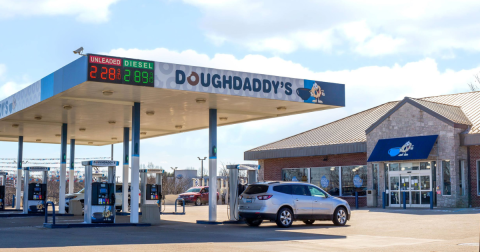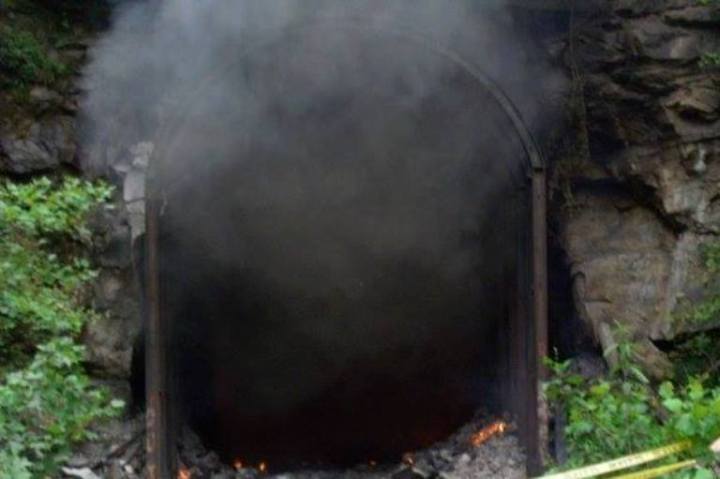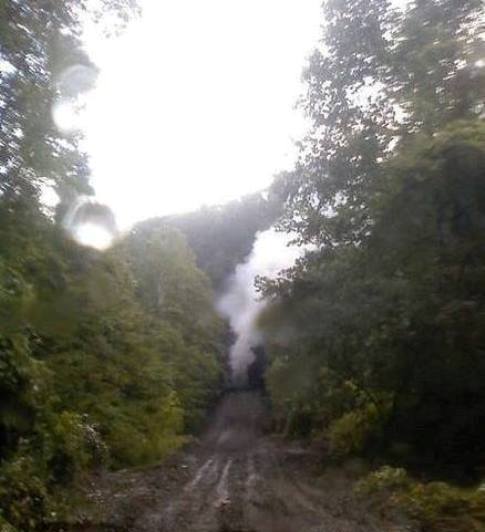Most People Don't Know Kentucky Has Its Own Underground Hell
When most people think about Kentucky, they imagine rolling fields of green, lush forest, beautiful lakes, rivers, and landscape. Seldom do they think about underground fire, gaseous vapors, and orange toxic water, but it exists. Children in Eastern Kentucky are said to often draw rivers and creeks using an orange crayon. Why?
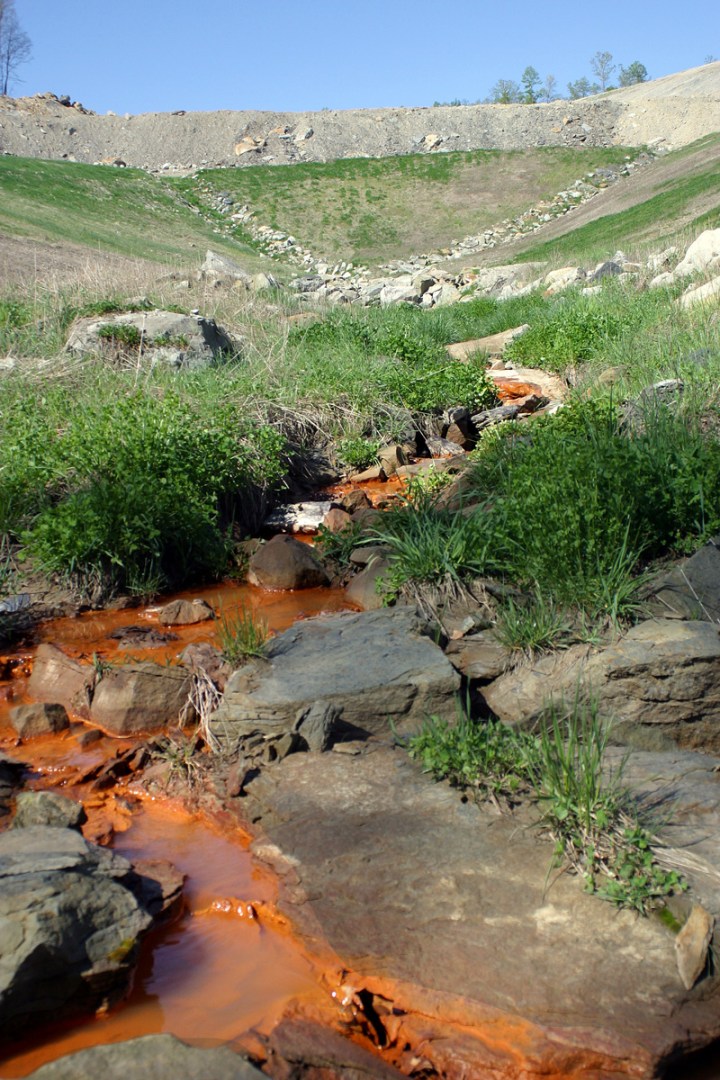
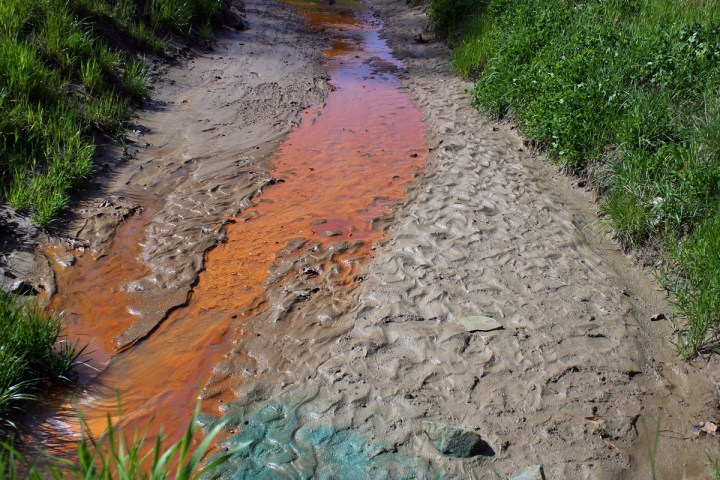
The Ruth Mullin’s Coal fire, aka Kentucky’s own underground Hell, has been burning for over 5 decades. It was named after the women who found it, as it customary in the area. Some also refer to it as the Lost Mountain fire. This old mine in Perry, close to the Hazard line is among several coal fires that have become part of Eastern Kentucky life. Residents have had to relocate in order to avoid toxic fumes, or their homes collapsing into pits of burning coal.
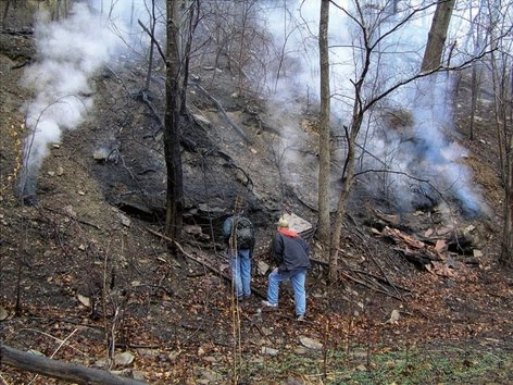
Countless miners have lost their lives over the years in Eastern Kentucky, many due to fumes, mines collapsing and/or fire. A collapse is deadly for the workers, but a fire becomes a hazard for anyone within a certain radius. Coal fires become magma like pits and rivers that flow through the old tunnels. They build gasses that are not only toxic to the environment but those who dwell in it. Spider webs near the entrances are often covered in tar, forming an eerie, dark, ominous looking web.
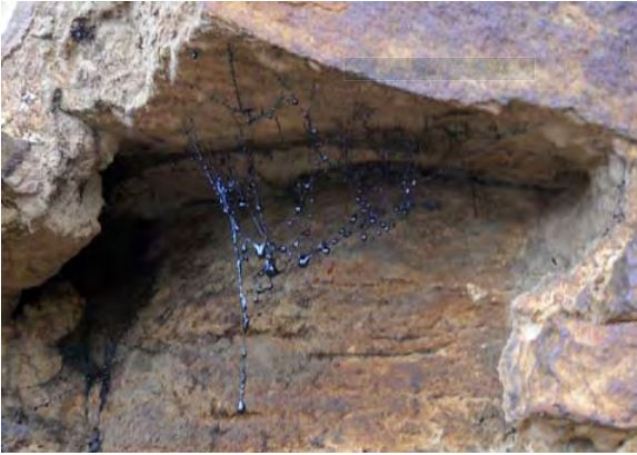
The pressure that builds up in these hellish tunnels of death can cause massive explosions and unbelievable amounts of destruction. Fortunately, there are vented areas along the way that allow the consistently building gasses to evaporate. This prevents the earth from literally exploding, collapsing inward, and plummeting the area into a toxic flow of fiery vapors, coal, black smoke, and tar.
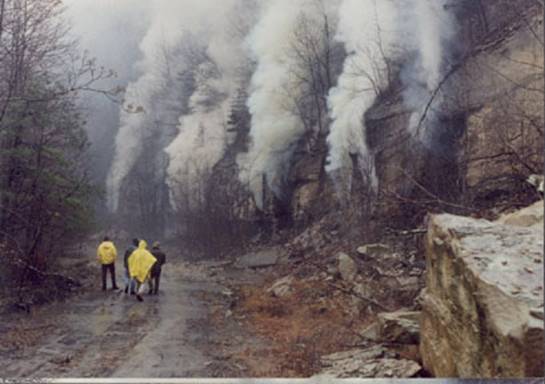
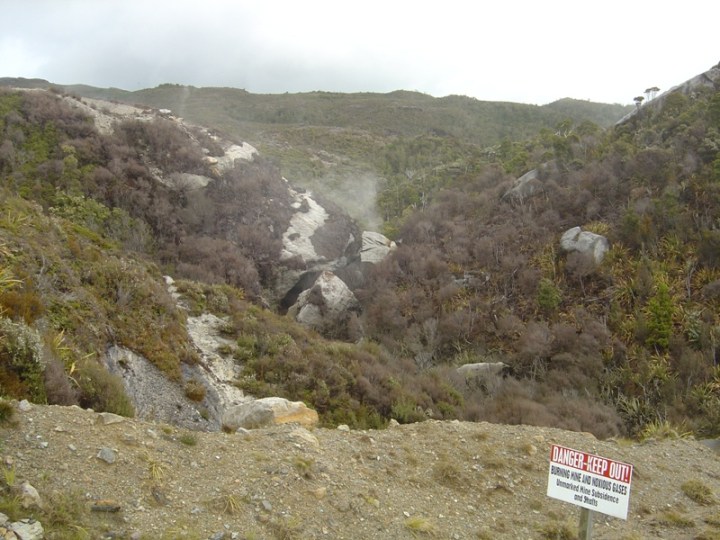
University of Kentucky, Morehead University, engineers and the US Geological Surveyors, and other institutes have been studying Ruth Mullin, and other Eastern Kentucky coal mine fires since around 2007. This combining of minds was established in order to create ways to extinguish coal fires, and revitalize the tainted areas. The toxic gas has been found to weaken as it leaves through vents in the earth, but the environmental damage will take much longer to purify. Some of the damage may be too extreme for revitalization. In other words, do not move to an abandoned coal town and hope to grow a vegetable garden.
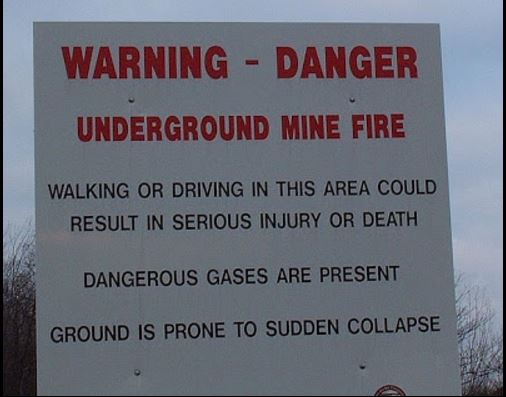
Some areas, such as the Tip Top mine tunnel, have begun such a program, and are being rebuilt for some type of future use. Mind you, this is only being accomplished in areas deemed safe after having undergone extensive scientific and geological tests. Other areas still have signs posted, or are quite obvious with smoke billowing out of the ground. The last thing anyone wants to do is stand near one of the underground vents without proper knowledge, gear, and safety protocols. Running away if you feel the earth quiver and wearing a bandana over your face doesn’t count. Of course, the people of Eastern Kentucky already know this… but those who don’t understand the hazards of a coal fire may be unaware.
A coal fire is just like burning coals in a fire, they just continue to gain heat. Imagine tunnels of this type of heat flowing beneath Eastern Kentucky. Parts of our beautiful mountains in the eastern part of the Bluegrass State have become tainted by coal fire toxins and mountain top removal. What do you think of Kentucky’s under-publicized, underground hell? Tell us in the comments below!
OnlyInYourState may earn compensation through affiliate links in this article. As an Amazon Associate, we earn from qualifying purchases.



